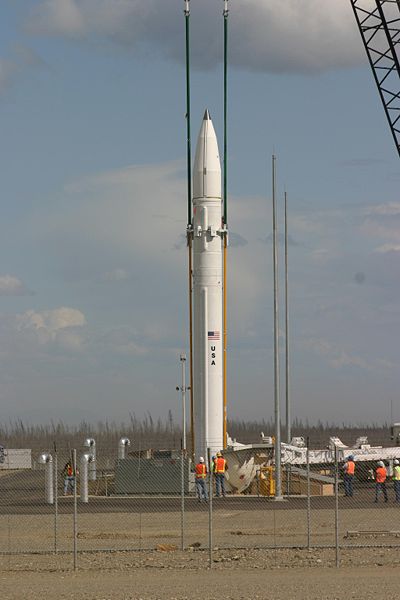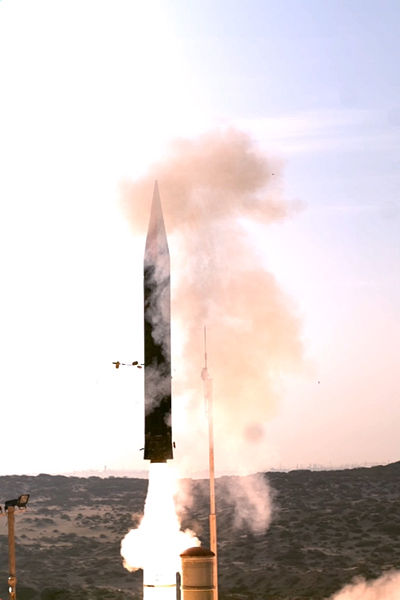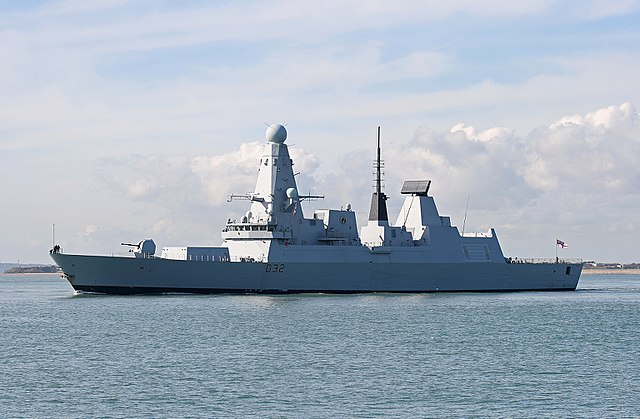The Sprint was a two-stage, solid-fuel anti-ballistic missile (ABM), armed with a W66 enhanced-radiation thermonuclear warhead used by the United States Army during 1975–76. It was designed to intercept incoming reentry vehicles (RV) after they had descended below an altitude of about 60 kilometres (37 mi), where the thickening air stripped away any decoys or radar reflectors and exposed the RV to observation by radar. As the RV would be traveling at about 5 miles per second, Sprint needed to have phenomenal performance to achieve an interception in the few seconds before the RV reached its target.
Sprint anti-ballistic missile interceptor on a test stand.
White Sands Missile Range Museum HIBEX rocket display
Closeup of Sprint anti-ballistic missile nosecone in its silo. The nose would deflect slightly to steer the missile in flight.
Sprint anti-ballistic missile on a test stand before launch.
An anti-ballistic missile (ABM) is a surface-to-air missile designed to counter ballistic missiles. Ballistic missiles are used to deliver nuclear, chemical, biological, or conventional warheads in a ballistic flight trajectory. The term "anti-ballistic missile" is a generic term for a system designed to intercept and destroy any type of ballistic threat; however, it is commonly used for systems specifically designed to counter intercontinental ballistic missiles (ICBMs).
A Ground-Based Interceptor of the United States' Ground-Based Midcourse Defense system, loaded into a silo at Fort Greely, Alaska, in July 2004
Israel's Arrow 3
Royal Navy Type 45 destroyers (pictured), and French Navy and Italian Navy Horizon and FREMM frigates operate Aster 30 missiles
AD-1 missile test on 2 November 2022.








